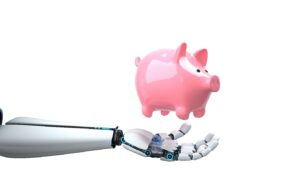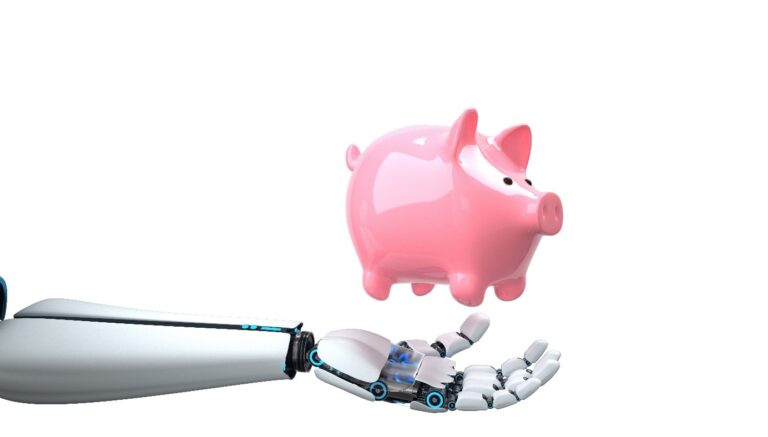The customer service team is the voice of a company to its customers, and the voice of the customers to the company.
Historically, it has often been a sales assistant function, mostly performed by women—neither recognized for its true value nor equipped with the right tools and processes. Since technological evolution has made it possible to largely automate order entry, the customer service function can be refocused on its core mission: satisfying customers and making their voices heard during the planning and execution of their orders.
The difficulties and challenges are particularly high in manufacturing companies that work entirely or partly on a made-to-order basis. The customer service department must be able to promise the customer optimized delivery dates and ensure that they are met. Of course, Murphy’s Law will come into play, and it will cause a few problems — quality, breakdowns, absences, shortages — to make the exercise a little more difficult.
What are the benefits of Demand Driven tactics for a customer service team?
Top 5 Benefits of Demand Driven Customer Service
1. A Focus on Real Customer Demand
First of all, let’s remember that “Demand Driven” means that we organize and pace the supply chain and all industrial operations not on the basis of forecasts, but on the basis of actual orders, on actual consumption. Customer orders are at the heart of the process, even if they differ greatly from forecasts. The customer, however unpredictable, is the lifeblood of the company. This does not mean that customers are always right, and of course it is necessary to discuss with them the best way to respond to their requests.
2. A Service-Oriented Supply Chain Design
To have this ability to engage in a trusting, win-win dialogue with our clients, we must first establish a model for responding to market demands that is reliable and in which we ourselves have confidence.
This is the very basis of a Demand Driven implementation: design this model, position and control the inventory decoupling points that will ensure availability at key steps, position and control queues that will protect critical stages and absorb contingencies, clarify lead time, lot size and capacity assumptions, etc. The result is a clear steering model with predictable behavior and cross-functional visibility into current priorities and status.
During this design exercise, make sure to involve customer service: Teams often have a deep understanding of their customers, especially in B2B environments, and know what is possible and relevant.
Do not neglect the prioritization rules during this phase. The relative priorities of orders must be clear and shared within the company. There is nothing more destabilizing for the customer service department than to be confronted with the “Pavarotti effect”: The customer or salesperson with the loudest voice wins – it is rarely the right priority…
3. The Ability to Detect Atypical Requests
In most production environments, if our model has been well designed, most orders can be accepted as they come in, within the agreed standard lead times. On the other hand, it is essential to detect atypical orders, which must be the subject of a more specific analysis, a feasibility study, and possibly a negotiation: partial delivery in several cadences, negotiated lead time, etc.
Intuiflow provides an immediate warning that an order cannot be processed routinely: spike detection, finite capacity planning on constrained items, the customer service team has the information to alert the customer and agree on a plan that satisfies both parties.
4. A Realistic Date Promise, Protected From Variability
Promising an optimized and reliable date is not an easy exercise. Will the components be available on time? Do we have the capacity? Will there be unforeseen events?
In the Demand Driven Operating Model (DDOM), material availability is secured by an inventory and order-based supply model with mechanisms to dampen variability, manage priorities and actively avoid shortages through alerts and monitoring disciplines. This always leads, on 100% of the implementations, to a very strong reduction of outages.
The few critical resources whose capacity is constrained are defined as such, and continuously finite capacity scheduled, automatically. As soon as a new order is entered, we can define when it can be processed on the constraint(s).
Time buffers are positioned at critical points of the process and materialize queues. For example, before a bottleneck resource, before quality control, before shipping to the customer. These time buffers will protect customers from hazards and ensure an alignment of priorities throughout the flow.
With these three mechanisms, we are putting all the chances on our side so that orders are not affected by component shortages, are compatible with our capacities, and are protected against the hazards that spice up the daily life of our plants.
5. Intuitive End-to-End Visibility
Far from the austerity of your favorite ERP screens, the customer service team always has cross-functional visibility through intuitive and collaborative views of priorities, exceptions, progress status, ongoing actions, and progress in key queues.
Armed with this visibility, confident in the company’s ability to deliver on its commitments, and equipped to engage in a balanced exchange with your customers, your customer service team will be able to contribute to the company’s business development with serenity and enthusiasm, which is much more gratifying than making excuses for trains that are not on time.













